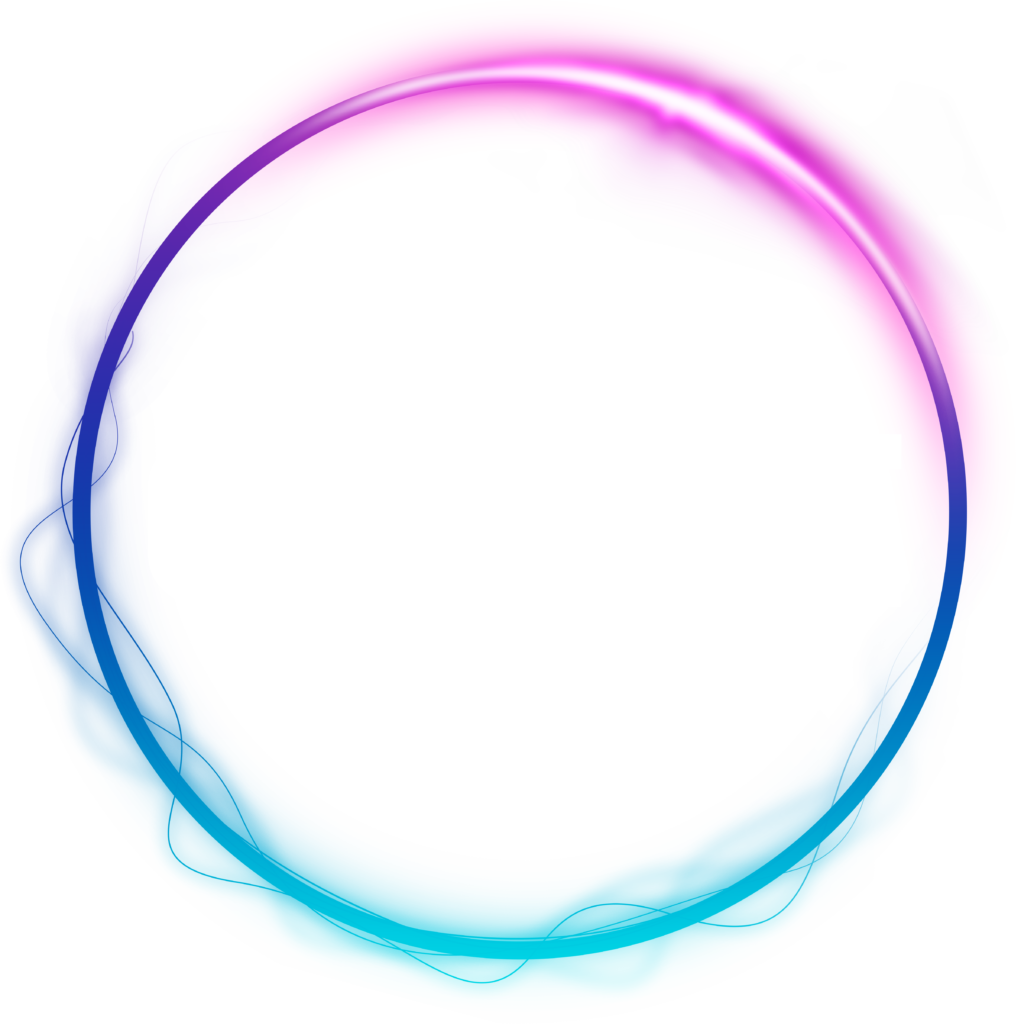The architecture of the internet has changed significantly since its inception, moving from a centralised one to one that is more decentralised and distributed. Most online services, data, and infrastructure were under the control of a small number of dominant organisations in the early years of the internet. This centralization posed several challenges, including issues of data privacy, security vulnerabilities, and a single point of failure.
But as time went on, technological developments and the emergence of ground-breaking ideas like peer-to-peer networking and blockchain paved the way for a move towards decentralisation. The rise of blockchain technology, popularized by the launch of Bitcoin in 2009, introduced a novel approach to secure and transparent data management. Instead of relying on a single authority or server, blockchains use distributed ledgers, where data is replicated and stored across a network of nodes, ensuring greater resilience and trustworthiness.
The decentralization trend also extended to various other aspects of the internet. Decentralised applications (dApps) started to pose a threat to established web applications by giving users more control over their data and doing away with the need for middlemen. As a result, distributed, censorship-resistant file storage systems have emerged that enable users to store and retrieve data. This shift towards decentralization is transforming the internet of today into a more resilient, transparent, and user-centric internet of tomorrow.
Shaping the Internet of Tomorrow through Decentralization
The shift towards decentralisation is anticipated to have a significant influence on how the internet of the future is shaped in a number of areas, including:
- Data Privacy and Security: Centralized systems are attractive targets for hackers and malicious actors because a successful breach can yield a vast amount of sensitive data. Spreading data across numerous nodes, which makes it more difficult for attackers to compromise the entire network, reduces this risk through decentralisation. Furthermore, the cryptographic protocols of blockchain improve data security by guaranteeing that only parties with permission can access particular information. Users are empowered to control their data, granting or revoking access as they see fit. As data breaches and privacy concerns continue to plague centralized platforms, the shift towards decentralized alternatives offers a promising solution to safeguarding sensitive information.
- Financial Services and Banking: The financial industry is undergoing a significant transformation through decentralization. By offering global, open-access, and inclusive financial services, cryptocurrencies and decentralised finance (DeFi) platforms pose a threat to the established banking system. DeFi protocols enable users to lend, borrow, and trade digital assets without the use of middlemen, cutting down on transaction costs and improving financial accessibility. Additionally, systems built on blockchains provide immutability and transparency, reducing fraud and corruption. The landscape of global finance is expected to change to become more equitable and inclusive as more people have access to financial services through decentralised platforms.
- Content Publishing and Social Media: Traditional social media and content publishing platforms have been criticized for their centralized control over user data and content distribution. Decentralized social media platforms and content networks leverage blockchain technology to give users ownership and control over their data and creative works. This not only empowers content creators but also fosters a more transparent and censorship-resistant environment. Users can engage with content directly, without intermediaries manipulating their feeds or suppressing information. The emergence of decentralised social media platforms and content distribution channels marks a shift towards user-centric interactions and democratisation of information sharing.
- Internet Infrastructure and Connectivity: The traditional internet infrastructure relies on centralized data centers and ISPs, leading to potential bottlenecks and points of failure. A more dependable and open internet is the goal of decentralised internet infrastructure, which is based on ideas like mesh networks and peer-to-peer connectivity. Mesh networks eliminate the need for a central server or internet service provider by enabling devices to connect with one another directly. This approach is particularly valuable in remote and underserved areas where traditional internet infrastructure is limited. A decentralized internet promises to bridge the digital divide and provide reliable connectivity to a larger segment of the global population.
As a result, financial services, content publishing, and social media platforms are being transformed by blockchain technology and decentralised protocols, which improve data privacy and security. Additionally, the development of decentralised internet infrastructure promises to build a more robust and open online ecosystem. As users increasingly seek greater control over their data and online experiences, the shift towards decentralization represents a paradigm shift in how we interact with and shape the internet of the future. The transition to a more distributed internet is well under way, and it will have an impact on every aspect of our online existence.


